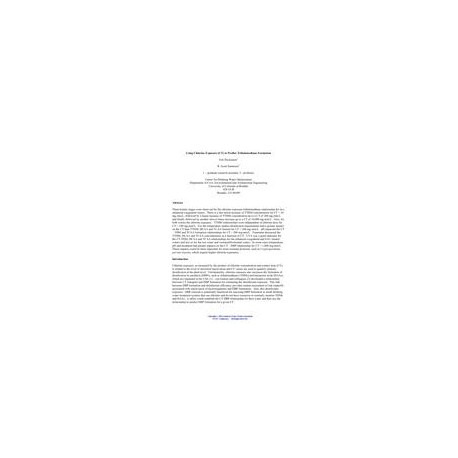Cart 0 Product Products (empty)
No products
To be determined Shipping
$0.00 Total
Product successfully added to your shopping cart
Quantity
Total
There are 0 items in your cart. There is 1 item in your cart.
Total products
Total shipping To be determined
Total
New Reduced price!  View larger
View larger
 View larger
View larger AWWA WQTC58812
M00001206
New product
AWWA WQTC58812 Using Chlorine Exposure (CT) to Predict Trihalomethane Formation
Conference Proceeding by American Water Works Association, 11/02/2003
Dickenson, Eric; Summers, R. Scott
In stock

